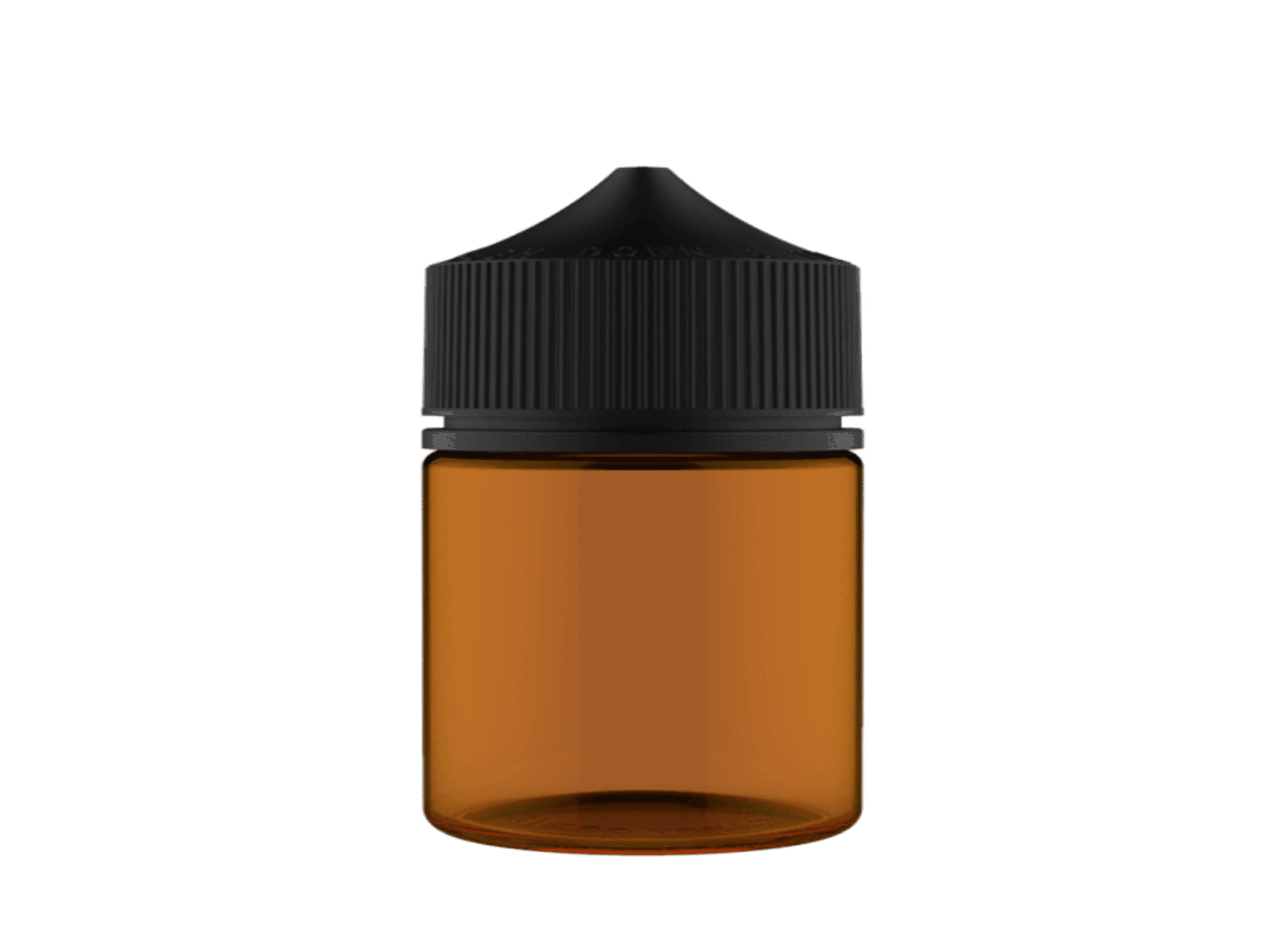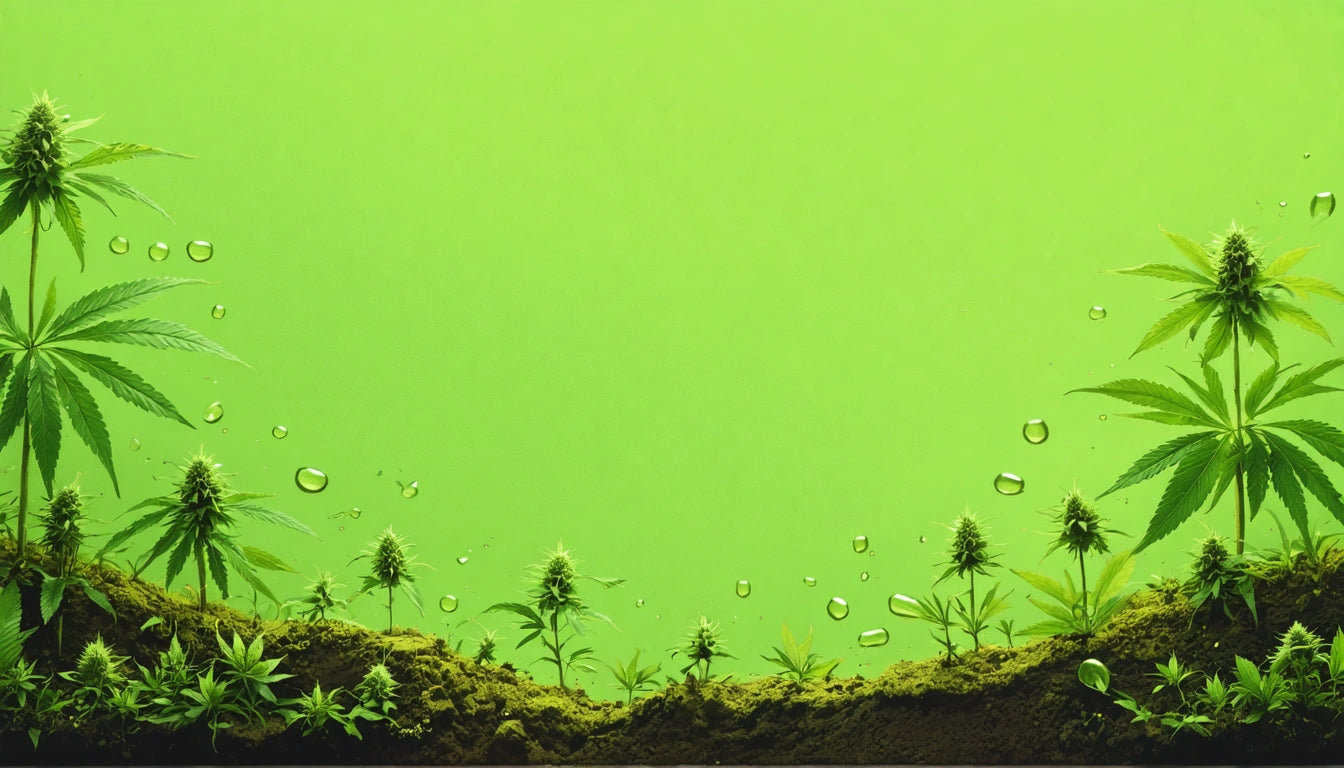Table of Contents
Cannabis concentrates like dabs, crumble, and wax require specialized packaging to maintain their potency, flavor profiles, and overall quality. These high-value products demand careful consideration of materials, preservation techniques, and compliance standards to ensure they reach consumers in optimal condition.
Material Selection for Concentrate Packaging
The choice of packaging material significantly impacts concentrate preservation. According to industry research on concentrate containers, three primary materials dominate the market:
Glass Containers
Glass remains the gold standard for concentrate packaging due to its inert properties. It doesn't leach chemicals or affect flavor profiles, making it ideal for preserving terpenes. Borosilicate glass offers superior temperature resistance and durability, while clear glass allows for product visibility that consumers appreciate.
Silicone Containers
Silicone offers excellent non-stick properties, making it particularly suitable for stickier concentrates like wax and budder. However, some terpene loss may occur with long-term storage in silicone. These containers are typically more affordable and durable than glass alternatives.
PTFE (Polytetrafluoroethylene) and Parchment
PTFE sheets and parchment paper provide excellent options for shatter and other concentrates that benefit from flat storage. These materials prevent sticking while allowing for easy product removal. For optimal preservation, many producers use specialized child-resistant caps and lids that create airtight seals when paired with appropriate containers.
Preservation Techniques for Concentrates
Beyond material selection, several preservation techniques help maintain concentrate freshness:
Temperature Control
Temperature fluctuations can degrade concentrates quickly. Research on temperature impacts shows that most concentrates maintain optimal quality between 50-70 °F (10-21 °C). Packaging should provide insulation against temperature changes during transportation and storage.
Light Protection
UV light accelerates cannabinoid degradation. Amber or opaque containers offer protection against light exposure, though this must be balanced with consumers' desire to see the product. Some manufacturers use clear containers with UV-resistant additives as a compromise.
Moisture and Air Barriers
Oxygen and moisture exposure can degrade concentrates through oxidation. Vacuum-sealed containers or those with nitrogen flush can significantly extend shelf life by minimizing oxygen contact. Leak prevention strategies are essential for maintaining product integrity and consumer satisfaction.
Compliance Requirements for Concentrate Packaging
Regulatory compliance remains a critical consideration for concentrate packaging:
- Child-resistant mechanisms that meet CPSC standards
- Tamper-evident features that clearly indicate first opening
- Proper labeling with THC content, batch information, and warnings
- Material safety certifications for food-grade containers
- State-specific requirements that may vary by jurisdiction
Compliance standards for concentrates continue to evolve, requiring producers to stay informed about regulatory changes. Child-resistant packaging is particularly important for high-potency products like concentrates, with various innovative solutions now available in the market.
Branding Considerations for Concentrate Products
Effective packaging not only preserves product quality but also communicates brand values:
Custom Printing and Design
Custom printing allows brands to stand out in a competitive market. Branding on concentrate jars can include logos, strain information, and brand stories that connect with consumers. Digital printing offers flexibility for smaller runs, while offset printing may be more economical for larger production volumes.
Label Design for Concentrates
Labels must balance compliance requirements with brand aesthetics. Effective label design incorporates required information while maintaining visual appeal. Durable materials that resist oil and moisture are essential for concentrate packaging labels.
Consumer Preferences
Understanding market preferences helps brands make informed packaging decisions. Recent survey insights indicate consumers value functionality, product visibility, and sustainability in concentrate packaging.
Storage Recommendations for Retailers and Consumers
Proper storage extends shelf life significantly:
Retail Display Considerations
Retailers should maintain consistent temperatures and minimize light exposure for displayed concentrates. Refrigerated displays can help preserve terpenes but should avoid condensation issues when containers are removed.
Consumer Education
Brands can enhance customer satisfaction by providing storage guidance. Recommendations typically include storing concentrates in cool, dark places and ensuring containers remain sealed when not in use. For long-term storage stability, refrigeration may be recommended with proper moisture control.
Future Packaging Innovations for Cannabis Concentrates
The concentrate packaging sector continues to evolve with several emerging trends:
Sustainable packaging options are gaining traction as consumer environmental awareness increases. Eco-friendly alternatives include recyclable glass, biodegradable plastics, and hemp-based packaging materials that reduce environmental impact.
Technology integration is another frontier, with QR codes linking to lab results, temperature-sensitive indicators showing proper storage conditions, and RFID tracking for supply chain management. These innovations enhance both product preservation and consumer experience.
As the concentrate market matures, packaging that balances preservation, compliance, and brand expression will continue to be essential for product success and consumer satisfaction.











Leave a comment
All comments are moderated before being published.
This site is protected by hCaptcha and the hCaptcha Privacy Policy and Terms of Service apply.